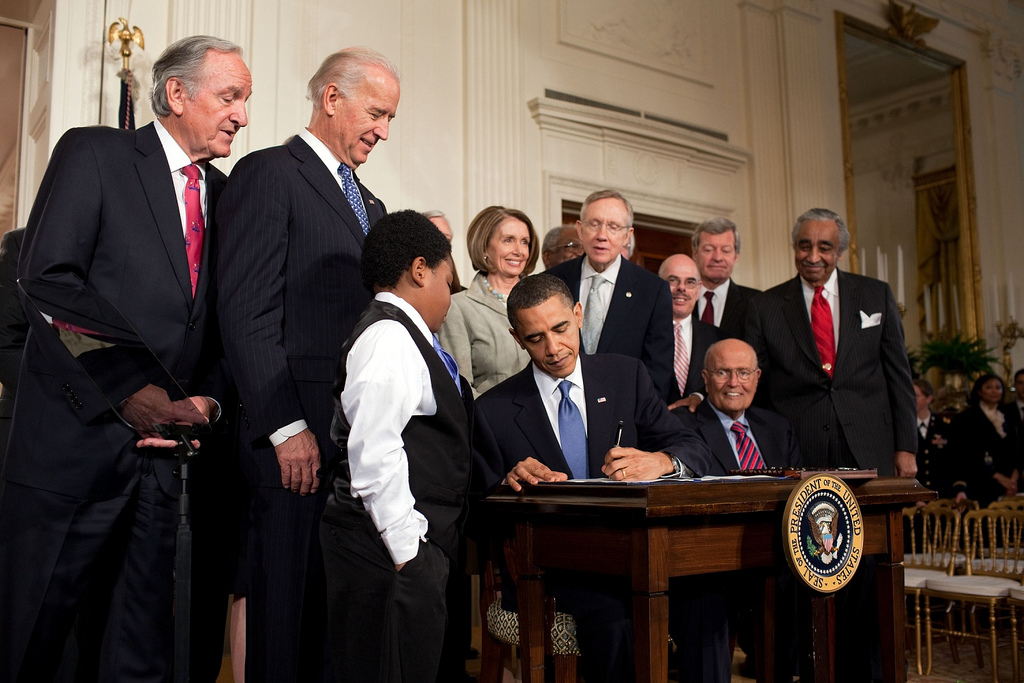
Alaskans will be paying some of the highest premiums in the country for health insurance under the Affordable Care Act.
Wednesday, the federal government released the first glimpse of rates on the state’s federally run health insurance marketplace, which launches next week.
The average monthly premium in Alaska for a mid-level health insurance plan will cost $474 a month. That’s according to a new report from the federal government that gives examples of rates for 47 states.
Wyoming is the only state where rates will be higher than Alaska.
Joshua Weinstein is a consultant at Northrim Benefits Group in Anchorage.
“It’s going to be a shock to the consumer who’s paying for their own health insurance right now, they’re going to be in for it,” Weinstein said.
For example, Weinstein says a 35-year-old male, who’s paying $180 a month for a plan today, will pay nearly $300 for a similar plan starting in 2014. But under the Affordable Care Act the new plans will offer more comprehensive coverage, including no lifetime maximum benefit limits and no exclusions for pre-existing conditions.
Weinstein’s company is hoping to help thousands of Alaskans sign up for coverage. But he says it won’t be easy to convince everyone who’s eligible to make the leap, even though, if they don’t, they’ll have to pay a small tax penalty.
“If someone’s not subsidy eligible and they’re a healthy 35-year-old, I think it’s a tough argument, and I think that would be a very challenging sell. However, if that 35-year-old has medical issues and has a pre-existing condition and needs things done, that changes the conversation.”
“They would be able to access health care for the first time.”
And Weinstein says many 35-year-olds will be eligible for a subsidy to help pay for insurance, which will make it much more enticing.
In Alaska, a person who earns less than $57,000 dollars a year will qualify for a subsidy. And in some cases, the subsidy will be so generous, the insurance will be free. That’s true for a family of four in Alaska with an income of $50,000, if they choose the most basic coverage.
“The subsidies are really the cutting edge to whether or not someone buys health care,” Weinstein said.
Two companies, Moda Health and Premera Blue Cross Blue Shield of Alaska, will offer plans on Alaska’s health insurance marketplace.
Weinstein says, based on his review of rates from both carriers, it looks like Premera’s plans will cost about 15 percent more than Moda’s, but Weinstein says Premera has better name recognition in the state and offers other incentives, like a much wider network of out of state providers.
Alaskans should be able to do their own comparison shopping starting Oct. 1 at healthcare.gov.
This story is part of a reporting partnership between APRN, NPR and Kaiser Health News.
